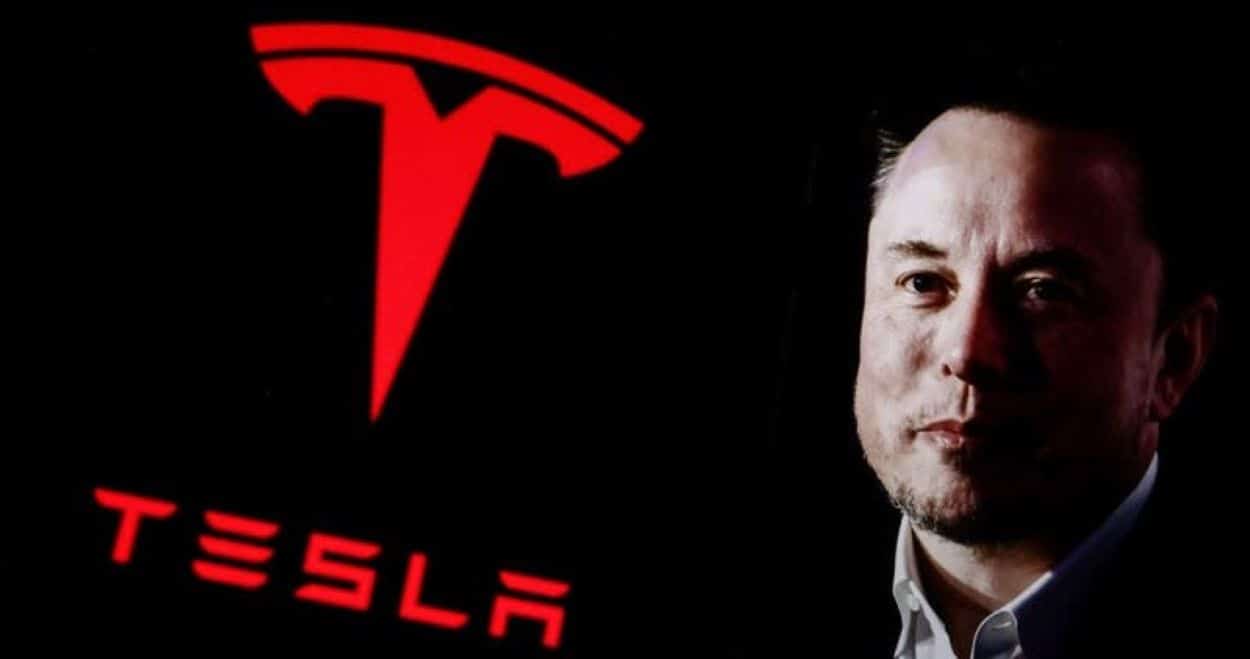On August 10, 2025, Elon Musk announced that Tesla had disbanded its Dojo AI supercomputer team. This decision came just weeks after he projected that its second cluster would be operational at scale by 2026, as reported by TechCrunch.
Elon Musk wrote on X, “Once it became clear that all paths converged to AI6, I had to shut down Dojo… Dojo 2 was an evolutionary dead end.” Tesla has now shifted its focus to the AI5 and AI6 chips, which TSMC and Samsung are manufacturing, respectively.
Tesla originally planned for its first Dojo supercomputer featuring Nvidia GPUs alongside its own D1 chips—to be succeeded by “Dojo 2” with D2 chips. Musk, however, halted the D2 and Dojo projects, explaining, “It doesn’t make sense to divide resources between two different AI chip designs.” The AI5 chip powers Tesla’s Full Self-Driving (FSD) technology, while the AI6 chip handles onboard inference for autonomous vehicles, robots, and large-scale AI training. Musk suggested integrating both chips on a single board to create “Dojo 3,” which would lower costs and simplify the design.
Elon Musk confirms shutdown of Tesla Dojo, ‘an evolutionary dead end’ | TechCrunch https://t.co/eb5bq3OKcV
— TechCrunch (@TechCrunch) August 11, 2025Musk’s pivot comes amid declining Tesla EV sales and brand damage linked to his political activities, according to TechCrunch. The Dojo project—touted since 2019 as critical to FSD and humanoid robotics—has since been overshadowed by the Cortex supercluster in Austin, whose status remains unclear. The $500 million Dojo facility in Buffalo, New York, also faces an uncertain future, with Tesla yet to respond to TechCrunch’s inquiries about its plans.
The shift to AI5 and AI6 reflects Tesla’s streamlined focus on versatile chips, potentially accelerating autonomous tech development. However, the abrupt end to Dojo and reported issues with Tesla’s June 2025 robotaxi launch in Austin raise questions about execution. The move may impact investor confidence in Tesla’s AI-driven future.






